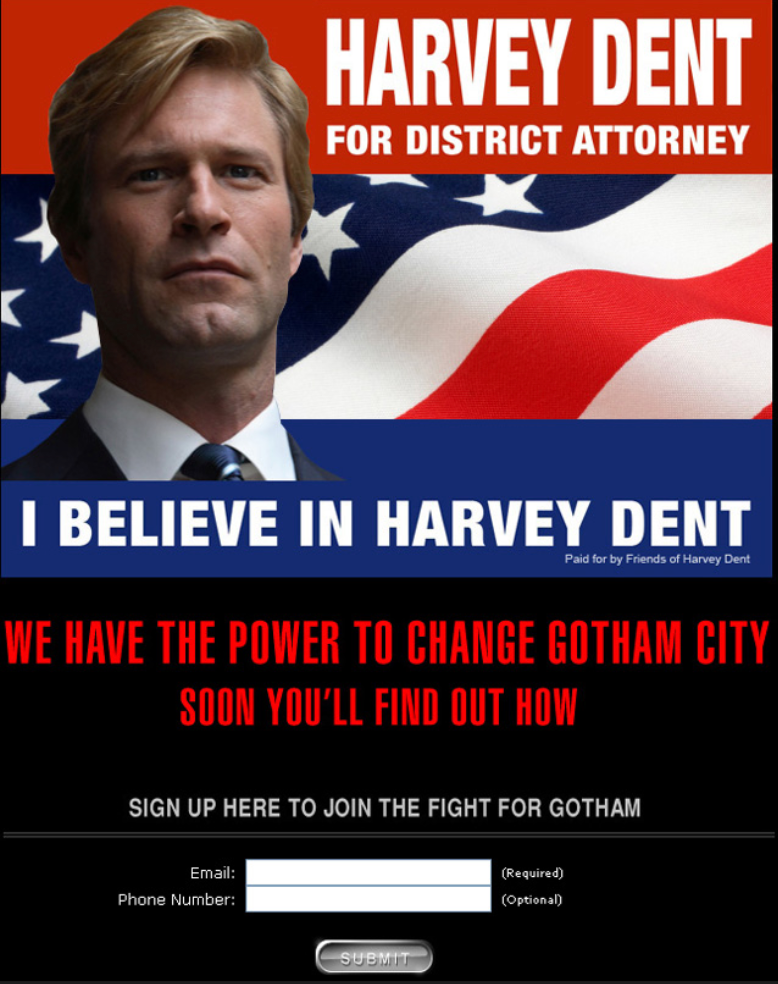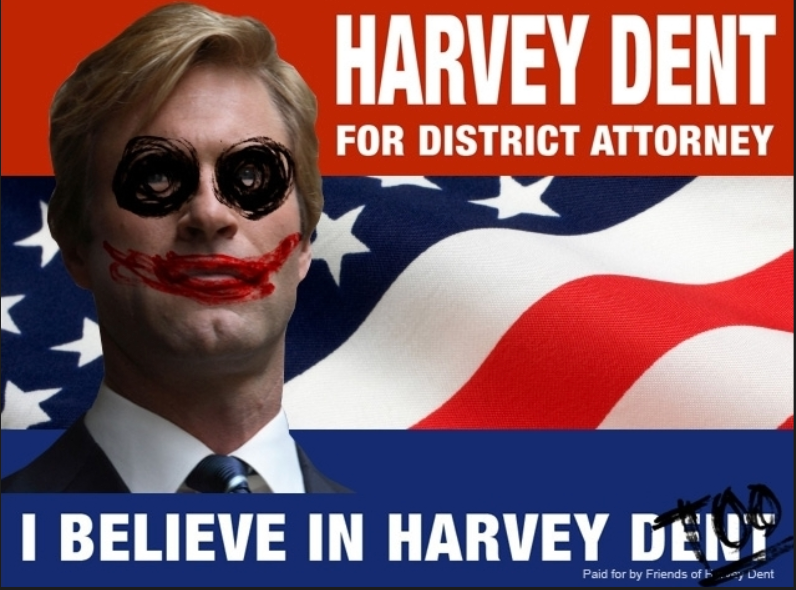April 14, 2025
When you think of ‘public relations’, what do you think of? A word? A person? Maybe a campaign?
Public relations is a mixture of many communication elements that raise awareness of a person, place or event. As with any other industry, there have been mountains and pitfalls of successes and failures that teach PR practitioners what to do and not do. In this blog, I’ll be taking you through two exemplary PR campaigns for movies that are still talked about inside and out of the industry today.
When you think of ‘public relations’, what do you think of? A word? A person? Maybe a campaign?
Public relations is a mixture of many communication elements that raise awareness of a person, place or event. As with any other industry, there have been mountains and pitfalls of successes and failures that teach PR practitioners what to do and not do. In this blog, I’ll be taking you through two exemplary PR campaigns for movies that are still talked about inside and out of the industry today.
The Blair Witch Project
Found footage horror movies dominate the 21st century as a premier genre that thrilled audiences as much as terrified them. The Blair Witch Project was a trailblazer for the genre, with PR and marketing techniques that tricked people into thinking the missing fictional characters were real people lost in the woods. Before Artisan Entertainment acquired the film, the marketing budget was around $1.5 million. After being acquired, it rose to $25 million. With limited budgets and minimal resources, the minds behind The Blair Witch Project had an impressive lasting effect on audiences.
By blurring the line between fiction and reality, and taking advantage of the recent inception of the internet, the film’s creators pioneered a disturbingly authentic story that they spread through many media. One of the most notable ways they achieved this was by placing heavy emphasis on the homemade feeling of the media used.
The website, the driving factor of its marketing success, increased the anticipation surrounding the movie. Gradually, the mythology and stories about the characters built up interest and blended reality and fiction. Chat rooms and message boards online, which were still in their infantile stages, were alive with speculation about the status of each actor. The film’s creators fueled this with the fact that the characters go missing, and they did this with online Missing Persons Posters, IMDb’s label of the actors being missing (in the first year of the film's release), and more. The film’s marketing changed the narrative for successive horror films, such as low-budget films like Paranormal Activity, which leaned into the same raw, unfiltered production value.
The Dark Knight
If you’ve ever watched a movie adaptation of a comic book with a superhero nerd, then you’ve probably heard them say that The Dark Knight is the best movie adaptation of all time. As a superhero nerd, I agree. The primary reason for this legendary status is because of the characters, including Heath Ledger, who received a posthumous Oscar for his portrayal of the Joker and Christian Bale, who did a fantastic job playing director Christopher Nolan’s Batman. However, as a sequel to Nolan’s first movie, Batman Begins, people assumed that it would fall short of expectations, as sequels are notorious for doing. The Dark Knight surpassed expectations, and then some.
This was also in part due to the marketing team’s effective strategy of bringing Gotham, the location that the story takes place in and where Batman haunts the skyline, to life.
The film’s marketing budget was an estimated $165 million, with a couple of standout strategies that gave face to the anticipation of its release. One such example was that over the months that the campaign spanned, a newspaper called “The Gotham Times” (which was also vandalized) was published and included clues for fans to decode and thread together to reveal hidden messages. Another strategy was the campaign made for Harvey Dent, the character running for Gotham’s District Attorney, which was created with campaign graphics and an engaging and inventive website.


However, the website was the true star. It began with a link (ibelieveinharveydent.com) that led to the classic campaign poster. Subsequently, a new website was discovered by fans, titled Ibelieveinharveydenttoo.com. As time went on, it was defaced with pixels depicting Harvey Dent’s face with the classic Joker makeup. Eventually, the pixels led to a completely new picture of the Joker. This ignited absolute fervor in the fans, who were sharing the news in chat forums and by word of mouth.
As the campaign began to spill into the real world, fans were given the option to either campaign for Harvey Dent to become District Attorney, serve the Joker as his henchman or join the ‘Citizens for Batman’. The fans that chose to take one of the three paths offered between Harvey Dent, the Joker and Batman all received unique Alternate Reality (AR) opportunities based on their selections. Dent supporters took to the streets of Gotham online and campaigned for him, then voted in a fictional election. Joker followers received Joker Cakes with a phone and clues inside for a scavenger hunt to become part of his army. Batman fans were given Batman masks and sent on information searches to help Batman hunt for the Joker, which culminated in a large Bat Signal projected on the front of a building for the premiere.
Overall, these two movies are vastly different but raised awareness in impactful ways. Worldwide box office revenue for The Blair Witch Project was $248.6 million and The Dark Knight grossed $1.009 billion globally. The fervor created by the movies’ marketing teams contributed heavily to this success.


